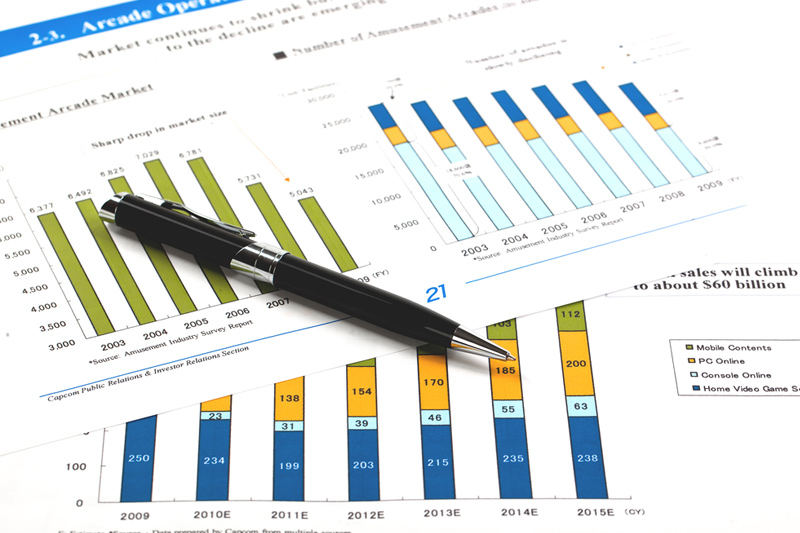[ad_1]
© Reuters. FILE PHOTO: People walk along Nanjing Pedestrian Road, a main shopping area, in Shanghai, China May 5, 2021. REUTERS/Aly Song/File Photo
BEIJING (Reuters) -China’s consumer prices rose at a slower-than-expected pace in August amid heatwaves and COVID-19 flare-ups, while producer inflation eased to the lowest since February 2021, official data showed.
The consumer price index (CPI) increased 2.5% year-on-year from a 2.7% growth in July, data from the National Bureau of Statistics (NBS) showed on Friday. The reading missed analysts’ median forecast for a 2.8% gain in a Reuters poll.
Producer prices rose 2.3% year-on-year in August, the slowest pace since February 2021, and slowing from a 4.2% rise in July and below a forecast for a 3.1 % gain in the poll.
Recent data suggests the world’s second-biggest economy, already depressed by property market weakness and strict COVID-19 restrictions, further lost momentum in August.
While CPI inflation was approaching the government’s target of around 3.0%, it was still lower than the lofty inflation seen in other major economies.
People’s Bank of China (PBoC) warned in August that China faces rising structural inflation pressure and CPI inflation might exceed 3% in some months in the second half of the year.
But analysts say rising consumer inflation could limit the scope for further monetary policy easing in China.
“The potential financial risks (mortgage boycotts and rural bank scandals) may force the PBoC to stay accommodative, with appropriate liquidity to cushion risks,” said Barclays (LON:) in a research note.
“We think the central bank will prefer to use some low-profile and targeted policy easing tools, including re-lending and re-discount tools, or relying on policy banks to boost lending and support credit growth.”
Food prices rose 6.1% on year, slightly narrowing from a 6.3% gain in July with pork prices rising 22.4% after 20.2% growth in July.
Hog prices in the world’s top pork producer have surged in recent months, as a reduction in the breeding herd that began last year started to impact output.
So-called core CPI, which strips away volatile food and energy prices, rose 0.8% from a year earlier, unchanged from July.
In August, China’s central bank cut a key interest rate and lowered benchmark lending rates in order to revive a faltering economy.
Chinese policymakers this week signalled a renewed sense of urgency to shore up the flagging economy, saying action was critical in the quarter as data points to a further loss of economic momentum.
[ad_2]
Image and article originally from www.investing.com. Read the original article here.

